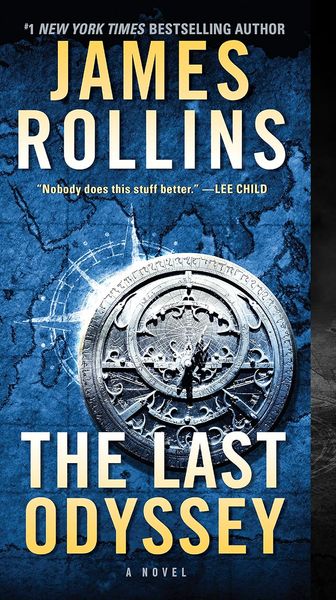|
Кількість
|
Вартість
|
||
|
|
|||
For eons, the city of Troy—whose legendary fall was detailed in Homer’s Iliad—was believed to be myth, until archaeologists in the nineteenth century uncovered its ancient walls buried beneath the sands. If Troy was real, how much of Homer’s twin tales of gods and monsters, curses and miracles—The Iliad and The Odyssey—could also be true and awaiting discovery?
In the frozen tundra of Greenland, a group of modern-day climatologists and archaeologists stumble on a shocking find: a medieval ship buried a half mile below the ice. The ship’s hold contains a collection of even older artifacts—tools of war—dating back to the Bronze Age. Inside the captain’s cabin is a magnificent treasure that is as priceless as it is miraculous: a clockwork gold atlas encircled by an intricate silver astrolabe. The mechanism is signed with the name of its creator, Ismail al-Jazari, a famous Muslim inventor considered to be the Da Vinci of the Arab world—a brilliant scientist who inspired Leonardo’s own work.
Once activated, the moving globe traces the path of Odysseus’ famous ship as it sailed away from Troy. But the route detours as the map opens to reveal an underground river leading to a hidden realm underneath the Mediterranean Sea. The map indicates that this subterranean world is called Tartarus, the Greek name for Hell. In mythology, Tartarus was where the wicked were punished and the monstrous Titans of old, imprisoned.





